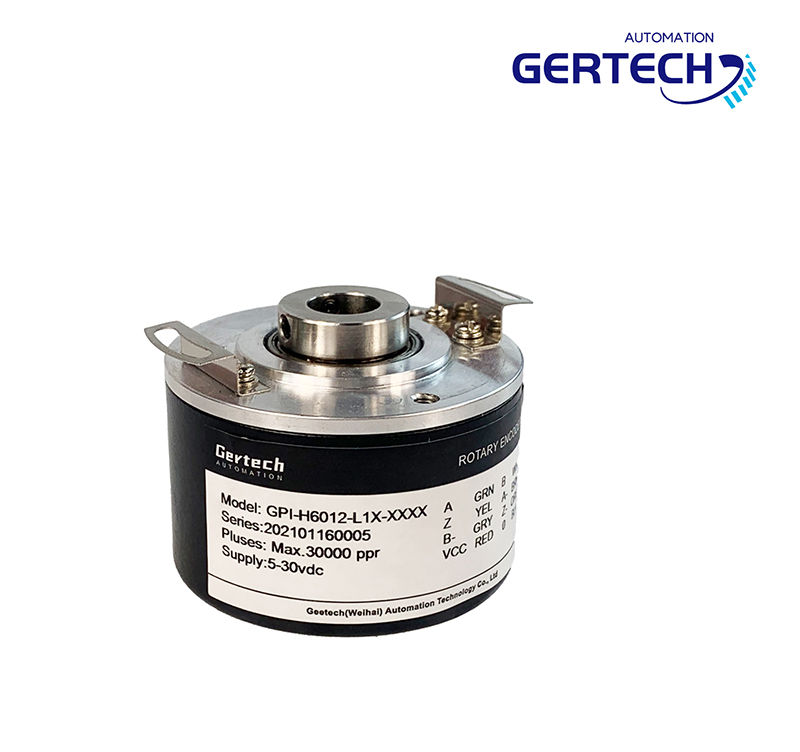Existing solutions for rotation measurement are often based on the resolver principle, a type of rotating electrical transformer. This system is complex and must be specially adapted for each synchronous motor design. Continental’s new high-speed inductive e-motor rotation position sensor (eRPS), on the other hand, is a standardised component that is suitable for any motor, regardless of the number of pole pairs. Sensors in this technology can be easily transferred from one motor to another, Continental promises. Compared to resolver sensors, the eRPS is more compact, 40 per cent lighter and more robust, Continental says.
“The increasing electrification of vehicles is leading to more synchronous motors. This ranges from large and powerful motors like traction motors to smaller ones like electric pumps. Our standardised eRPS technology offers a wide range of applications in electric vehicles,” said Laurent Fabre, head of the Passive Safety and Sensorics segment at Continental. “Measurement accuracy, compact dimensions and the all-in-one sensor concept that combines multiple functions contribute to a high level of integration in the car. Continental is now one of the leading suppliers of engine position sensors. With the introduction of the eRPS, we are well positioned to become one of the leading suppliers in electric motor position sensors as well.” Resolver Encoder

The eRPS is specifically designed to control synchronous motors where the rotor rotates at the same speed as the rotating field in the machine. To achieve maximum motor efficiency, the motor controller needs to know the exact position of the rotor, making this sensor design an essential part of synchronous motor applications. While the resolver is a comparatively massive sensor, the eRPS is very flat and supports compact motor designs with a short overall length. The sensor design is based on the eddy current principle and is optimised to increase robustness against mechanical tolerances. Modern integrated circuits are used for signal processing. These have been developed in accordance with the ISO 26262 standard for functional safety in the automotive sector in order to achieve ASIL C. Optionally, two integrated circuits can be embedded in the eRPS to ensure redundancy, which is an essential part of the functional safety of the overall system.
Tailored for synchronous motors: Continental’s eRPS.
Although the traction motor is a prominent use case, there are other synchronous motors in electrified vehicles. Dry brake systems, for example, are also electrically operated and require position sensors. In developing the eRPS, Continental has drawn on existing knowledge with inductive measurement methods. For example, the MK C2 brake-by-wire system uses an inductive motor position sensor and was the basis for developing sensor concepts with increased speed and accuracy, as is the case with the eRPS.
As an inductive rotational position sensor, the eRPS covers several integration configurations. The sensor can be mounted through the rotor shaft or at the end of the shaft. The module contains excitation and reception coils embedded with one or two integrated circuits that directly detect the electrical angular position of the metallic encoder on the rotor shaft. This solution provides a signal that requires minimal post-processing. The electrical angular position data is needed for efficient torque control of the e-machine and to achieve the longest possible motor life.
“The signal pattern of the eRPS is easier to handle than that of a resolver. The measurement principle is fast, robust and suitable for high engine speeds and accelerations. It is very compact and requires a minimum number of parts,” says Ronan LeRoy, Head of the Sensors and Subsystems Product Centre in the Passive Safety and Sensorics segment at Continental.
With a maximum current draw of 15 mA, the eRPS provides an electrical accuracy of ±0.5° for a motor with four pole pairs. It is designed to cover the speeds required for future electric vehicle platforms (~24,000 rpm). Production start of the eRPS is planned for the end of 2025.
Software and hardware ecosystem simplifies motor control
GMR-based crankshaft, camshaft sensors improve ICE efficiency
Position sensors capture both linear and rotary movement
3D magnetic positioning sensor enables ADAS
Ultra-fast TMR front-end IC enables demanding electric motor applications

Absolute Encoder Applications All material on this site Copyright © 2022 European Business Press SA. All rights reserved.